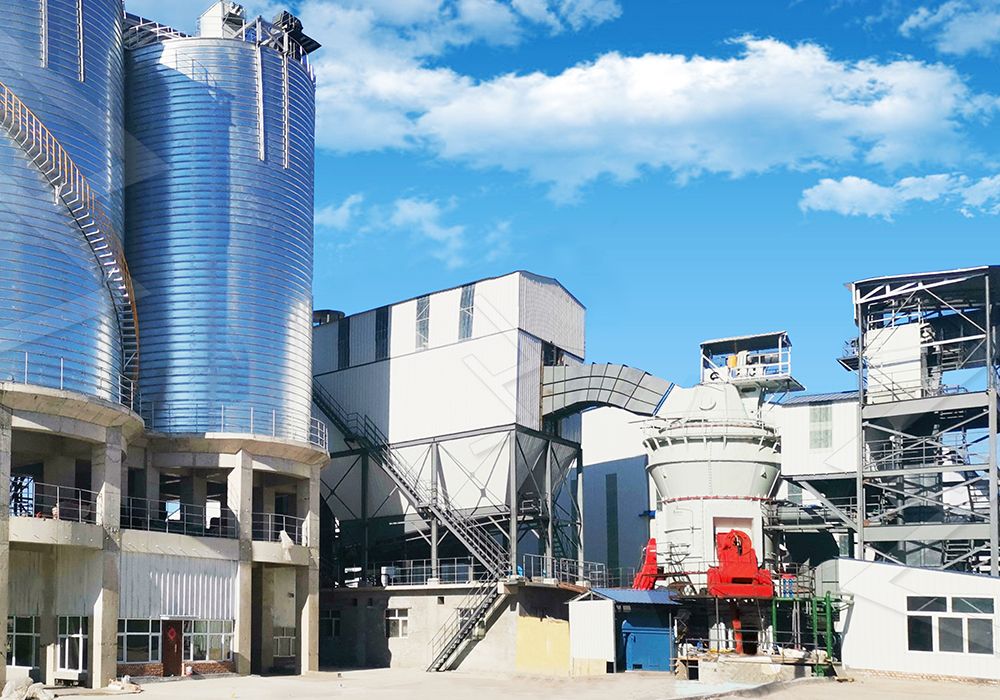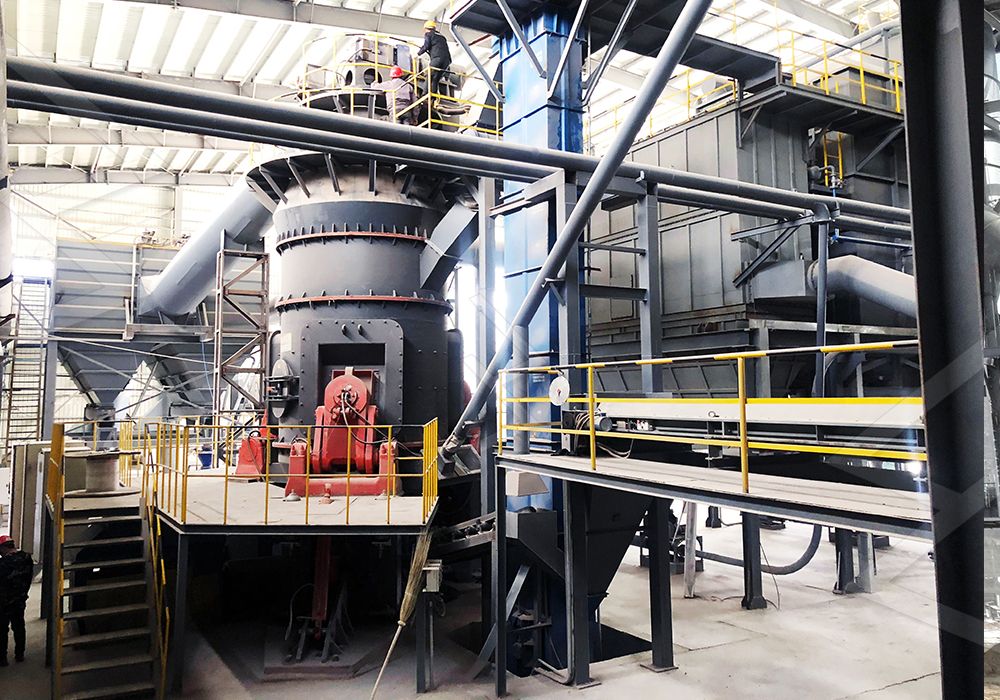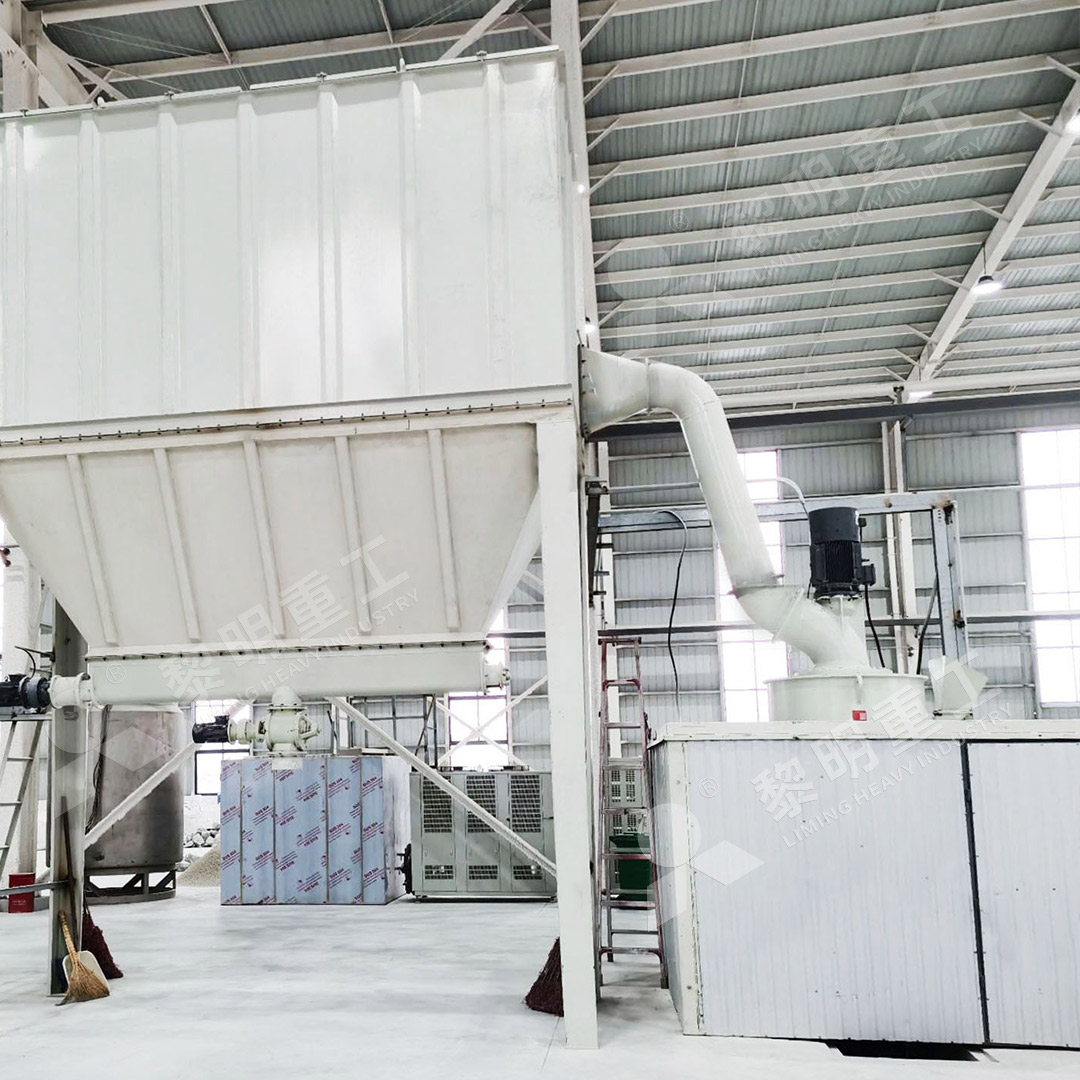Brief Knowledge of Vertical Roller Mill: Working Principle and Applications
We provide a wide range of mills — including Raymond mill, trapezoidal mill, vertical mill, ultrafine mill, and ball mill, obtained ISO9001 international quality certification, EU CE certification, and Customs Union CU-TR certification. Suitable for processing minerals such as limestone, phosphate, quicklime, kaolin, talc, barite, bentonite, calcium carbonate, dolomite, coal, gypsum, clay, carbon black, slag, cement raw materials, cement clinker, and more.
The discharge range of these mills can be adjusted to meet specific processing needs, typically from 80-400 mesh, 600-3250 mesh, and can achieve the finest particle size of up to 6000 mesh(D50).
If you are looking for a reliable grinding solution to turn stone or minerals into fine powder, please feel free to contact our online customer service.
Brief Knowledge of Vertical Roller Mill: Working Principle and Applications
Vertical Roller Mills (VRMs) have become the cornerstone of modern grinding operations in various industries, from cement production to power generation and beyond. Their eficiency, reliability, and adaptability make them a prefered choice over traditional ball mills for many applications. Understanding their working principle and the breadth of their use is key to appreciating their value in industrial processes.
Core Working Principle
At its heart, a Vertical Roller Mill is a compact and integrated unit that crushes, dries, grinds, classifies, and conveys materials all within a single piece of equipment. The process begins as raw material, sized between 0-70mm depending on the mill, is fed onto the center of a rotating grinding table.

Motor-driven rollers, typically two or four in number, exert significant pressure on the material bed as the table rotates. This combination of compression and shear forces efficiently reduces the material to a fine powder. The ground material is then transported towards the edge of the table by centrifugal force. At the periphery, a stream of hot gas (often from a kiln exhaust or a dedicated hot gas generator) fluidizes the powder and carries it upwards into a high-efficiency classifier mounted directly atop the mill.
This integrated dynamic classifier is a critical component. It spins at adjustable speeds, creating a vortex. Coarse particles are rejected by the classifier’s rotating blades due to their higher mass and centrifugal force, falling back onto the grinding table for further size reduction. The fine, product-sized particles are carried by the gas stream out of the mill body and into a downstream collection system, typically a baghouse or electrostatic precipitator. The rejected coarse particles create a self-regulating grinding bed, ensuring consistent operation and optimal energy utilization.
Key Advantages and Applications
The design of the VRM offers several distinct advantages that dictate its widespread application:
- High Grinding Efficiency: The direct grinding of material on the table with rollers is far more efficient than the impact and attrition of tumbling balls, leading to 30-50% lower energy consumption.
- Integrated Drying: The use of hot gases allows for simultaneous grinding and drying of materials with moisture content up to 15-20%, eliminating the need for a separate dryer.
- Compact Footprint: Its vertical design and integration of multiple functions mean it occupies about 50-70% of the space required by a ball mill system.
- Excellent Product Quality: Short material retention time in the grinding zone minimizes over-grinding and allows for precise control over product fineness and particle size distribution.
These advantages make VRMs ideal for a vast range of materials. In the cement industry, they are the standard for grinding raw meal, coal, and clinker. They are equally adept at handling industrial minerals like limestone, calcite, dolomite, barite, and talc to precise fineness for use in plastics, paints, and ceramics. The power sector relies on them for pulverized coal production, and they are increasingly used for grinding granulated blast furnace slag to produce eco-friendly cement additives.

Our Recommended Solution: The MW Ultrafine Grinding Mill
For applications demanding ultra-fine powders between 325-2500 meshes, a standard VRM might not suffice. This is where our advanced MW Ultrafine Grinding Mill excels. Designed for customers who need to make ultra-fine powder, this machine is a testament to precision engineering.
It boasts a higher yield and lower energy consumption, with production capacity 40% higher than jet mills and double that of ball mills for the same power input. Its cage-type powder selector, incorporating German technology, ensures exceptional precision in particle separation, allowing you to accurately achieve your target fineness. A standout feature is the absence of rolling bearings and screws in the grinding chamber, eliminating common failure points and enabling worry-free, continuous 24/7 operation.
Equipped with an efficient pulse dust collector and muffler, the entire MW series production process is designed to be eco-friendly, meeting stringent national environmental protection standards. It is perfectly suited for processing materials like limestone, calcite, dolomite, and talc for use in advanced industries like chemicals, paints, cosmetics, and food additives.

Conclusion
The vertical roller mill represents a significant leap forward in grinding technology. Its efficient working principle, combining multiple steps into one, offers unparalleled benefits in energy savings, space reduction, and product quality. Whether for large-scale cement production or specialized ultra-fine grinding tasks, as with our MW series, the VRM continues to be an indispensable asset for modern industry, driving productivity and sustainability forward.
